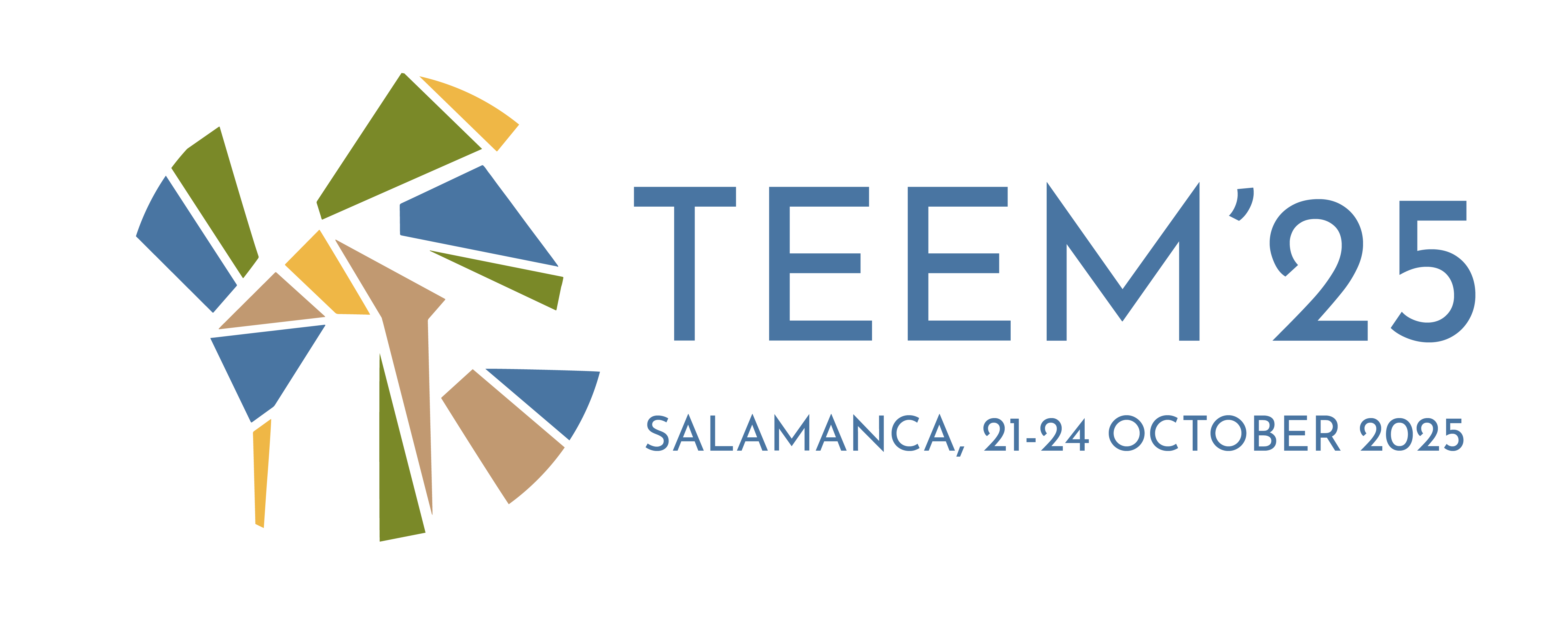Technologies in medical education and their integration into health sciences have revolutionized teaching and diagnostic methods, driving technology-enhanced learning. The use of specialized biomedical image processing software enables healthcare professionals to visualize patients’ internal conditions more accurately and in greater detail. Additionally, artificial intelligence applied to medicine facilitates the interpretation of clinical data and the prediction of more effective treatments. AI also plays a crucial role in health sciences research, enhancing the analysis of complex datasets and accelerating the discovery of new medical insights.
3D printing has transformed the creation of anatomical models and customized medical devices, while 3D viewing environments of radiological images enable better visualization of internal structures for more accurate diagnoses. Clinical simulation techniques, combined with finite element analysis and biomedical simulation, offer crucial tools to study and improve surgical interventions. Similarly, the design of orthopedic and biomedical products, supported by ergonomics and industrial design, optimizes the functionality and comfort of medical devices, improving patients’ quality of life and treatment effectiveness.
The aim of this track is to collect the latest technological advances in the field of health sciences that facilitate the teaching-learning process and daily clinical practice. Therefore, this track is intended to be an excellent opportunity to promote and share innovative experiences both in health sciences education and in daily clinical practice.
Topics
- Technologies in Medical Training
- Learning and Teaching Methodologies
- Academic Research Projects
- Research Methodologies
- Links between Education and Research
- New projects and Innovations
- Mobile Learning
- Online/Virtual Laboratories
- Virtual Universities
- Mobile/Wireless Technologies (PDA, SmartPhones, etc)
- Educational Multimedia and Hypermedia
- Technology-Enhanced Learning
- Advanced Classroom Technology
- Web Classroom Applications
- Computer Software in Education
- Learning Tools
- Educational Software Experiences
- Videos for Learning (YouTube Generation)
- Integration of Artificial Intelligence in Biomedical Research
- Applications of AI in analyzing large volumes of clinical data
- Use of machine learning algorithms for disease prediction and personalized treatments
- Virtual and Augmented Reality Technologies in Medical Education
- Implementation of virtual reality environments for medical student training
- Augmented reality in surgical procedures and diagnostics
- Telemedicine and Digital Health in a Multicultural Context
- Challenges and opportunities of telemedicine in culturally diverse regions
- Integration of mobile technologies for remote patient monitoring
- Innovations in 3D Bioprinting and Regenerative Medicine
- Advances in bioprinting of tissues and organs
- Clinical applications of regenerative medicine and its impact on global health
- Ethics and Regulation of New Health Technologies
- Ethical considerations in the use of AI and biotechnology
- Policies and regulations for the safe implementation of emerging health technologies
- Design and Development of Personalized Medical Devices
- Innovations in the design of prosthetics and orthopedic devices
- Use of 3D printing for creating medical devices tailored to individual patient needs
- Advanced Clinical Simulation and Finite Element Analysis
- New simulation techniques for surgical training
- Applications of finite element analysis in improving medical interventions
- Technologies and Software in Health Sciences
- Medical Engineering
- Robotics in Healthcare (Surgical, social, etc.)
- Clinical and Surgical Simulators and Virtual Reality Environments
- 3D Vision Environments of Radiological Medical Images
- Software for Biomedical Imaging Processing
- 3D Printing in Medicine
- Stereoscopic Vision
- Augmented Reality
- 360 Vision Clinical Imaging Systems
- Clinical Simulation Techniques
- Finite Element Analysis and Simulation in Biomedicine
- Animation and 3D Systems
- Orthopedic and Biomedical Product Design
- Industrial Design and Ergonomics
- Artificial Intelligence in Medicine
Track Scientific Committee
Alessandro Ruggiero, University of Salerno, Italy
Ferrán Prados Carrasco, Centre for Medical Image Computing, United Kingdom
Petr Valášek, Czech University of Life Sciences, Czech Republic
Kheng Lee Koay, University of Hertfordshire, United Kingdom
Miguel Castelo Branco Sousa, Universidade da Beira Interior, Portugal
Matteo de Notaris, San Pio Hospital, Italy
Fernando Blaya Haro, Universidad Politécnica de Madrid, Spain
Francisco Javier de Toro Santos, Universidad de A Coruña, Spain
Carlos Alberola López, University of Valladolid, Spain
Enrique Soriano Heras, University of Carlos III, Spain
Roberto D’Amato, Universidad Politécnica de Madrid, Spain
Francisco Pastor Vázquez, University of Valladolid, Spain
Piedade Barros, Polytechnic of Porto, Portugal
Alberto Prats Galino, University of Barcelona, Spain
María José Rodriguez Conde, Universidad de Salamanca, Spain
Rodrigo de Luis García, University of Valladolid, Spain
Fermín Viejo Tirado, Complutense University of Madrid, Spain
Anna Puigdellívol-Sánchez, Universidad de Barcelona, Spain
Joan San Molina, Universidad de Girona, Spain
Pablo Ruisoto Palomera, University of Navarra, Spain
Juan David Cano Moreno, University of Politécnica de Madrid, Spain
Jorge Cerqueiro Pequeño, University of Vigo, Spain
Higinio Rubio Alonso, University of Carlos III, Spain
Luis Tomás Gallego Morales, University of Autónoma de Madrid, Spain
Guadalupe Soria Rodríguez, University of Barcelona, Spain
Federico Simmross Wattenberg, University of Valladolid, Spain



